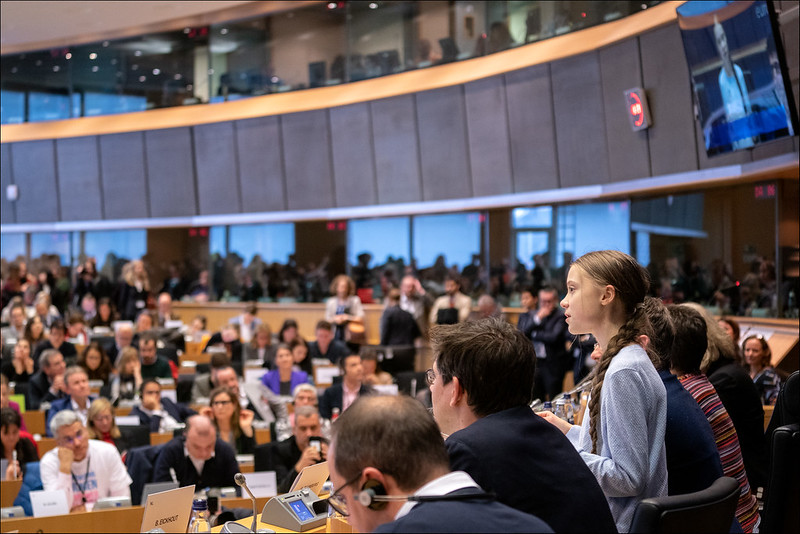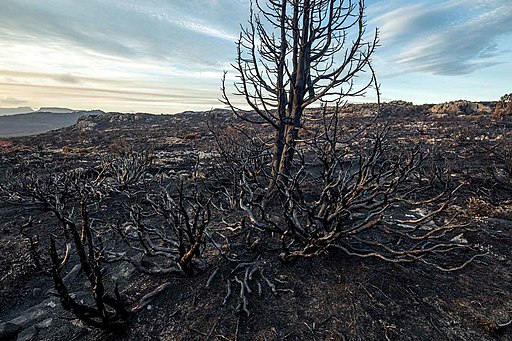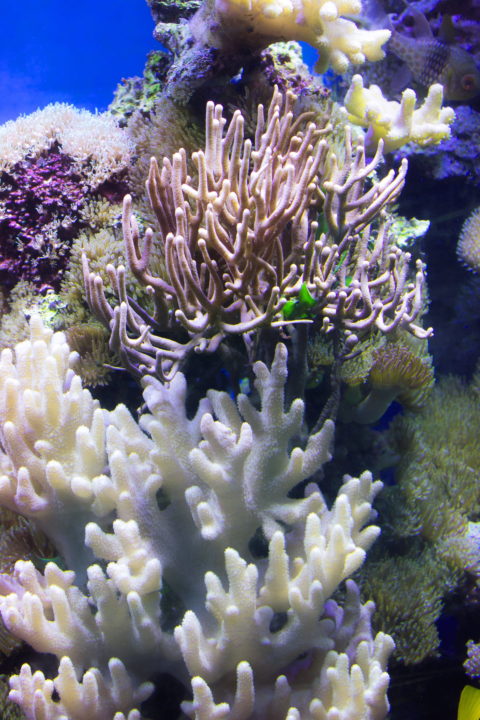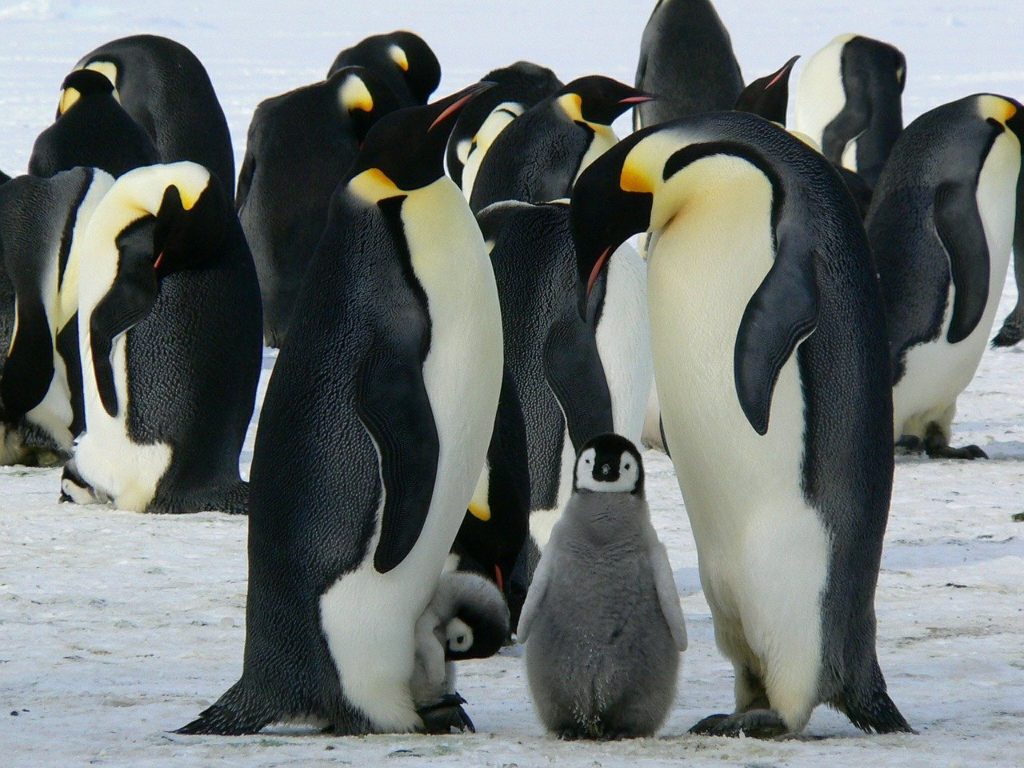Triabunna District School Grade 9

Our Questions
This is an excellent question, and one of the questions most students want an answer to. You can be someone who takes climate action!
Each of us can act individually (on our own) and collectively (together with others) to act on climate. We know, from scientific evidence, that climate change cannot be stopped and is happening already – but it can be reduced and slowed down. People today and into the future (including you) can make changes and decisions that will greatly reduce climate change and its impacts.
Some of these decisions are happening on a systemic scale - they the really big changes we need to reduce emissions from industries and electricity generation.
For example, world leaders are meeting together at COP26 (which is the UN Climate Change Conference of the Parties) to discuss pathways to do this – in particular, to ensure that global temperature rises do not exceed 1.5 degrees, and how we can adapt to climate change impacts into the future. If we can manage to greatly reduce global greenhouse gas emissions (such as carbon dioxide) we can limit climate change.
You might wonder how young people can influence big changes like this? By using your voices! Young people are involved in many groups and movements such as the School Strikes for Climate that have already made a difference to the way world leaders think about climate action.

At a smaller scale, all of us can do something to make positive changes and have an impact on tackling climate change. Some people can do more and less than others, and that is OK - it’s great actually because lots of small changes can lead to big impact. In everyday life, there’s lot that you might be able to do, for example:
- You can aim to take the bus or walk, or ride your bike to school more.
- You could eat more vegetables, and eat meat less often (maybe even encourage your family and friends to have ‘meat free Mondays’?!). Plant-based foods generally produce fewer greenhouse gas emissions and they also require less energy, land, and water usage.
- You can speak up! Tell your friends and family about climate change and the small changes each of us can do to make a difference - remembering that we all have different abilities to make these changes, big and small.
There are a lot more ideas you can check out on our 'What can I do?' page.
Climate change is affecting all of our lives in many different ways.
If you live in Tasmania, you will see it in our landscape. Sea levels are rising, which means we are losing some wetlands and beaches. This can also affect our communities. In the next few years, low-lying houses and roads are likely to go underwater. We're also getting more very hot weather days, that mean frequent and severe bushfires, which threaten some people's homes, and can destroy forests and wildlife. Because of climate change, some places, like alpine and peat bog areas that have never burned before, are starting to dry out and burn in bushfires. This means that we could lose some rare Tasmanian plant and animal species.

If you like to fish, you might find that there are different kinds of fish coming into the seas around Tasmania for you to catch - but if you like to dive or snorkel you may not see Tasmania's giant kelp forests for much longer.
By the time you are old enough to learn to drive, you are likely to drive an electric car - we need to make sure that all our transport is powered from renewable energy. And when you get a job, there will be lots of jobs that are there because of climate change - jobs in renewable energy production, jobs in climate science and climate response, new types of fisheries and agriculture and that are there because of climate change, and many more.
We will all need to be a part of adapting to climate change - and there are many opportunities to choose how you can be part of the change we need. Have a look at the What can I do? page for some more ideas.
Hmm, that’s an interesting (and slightly scary) question. The only reason that Earth may ‘explode’ is if a meteorite the size of the moon impacted the Earth. Large meteorites have impacted Earth before, for example 66 million years ago and that meteorite was probably at least 10-80 km in diameter. That impact caused the outpouring of huge volumes of hot liquid magma in lots of places on Earth’s surface and changed Earth’s climate. The dinosaurs and many reptiles couldn’t cope with those changes and became extinct, which then enabled the mammals to flourish.
Here in Tasmania we also have craters associated with the impact of Meteorites – for example Darwin Crater in southwest Tasmania. That impact was probably around 820,000 years ago.
Interestingly, scientists are now using sediment cores taken from the Darwin crater to find out how the climate changed more than 20,000 years ago.
The short answer is no. However, reefs will change from how we know them today. When considering reefs, the two major types of reef in Australia are tropical coral reefs and temperate rocky reefs, home to kelp forests. Both these reef systems are sensitive to ocean warming and marine heatwaves and both have experienced extreme impacts in the past decade. For example, almost 100,000 Hectares, equivalent to 2.3 million basketball courts of kelp forests were lost in Western Australia in 2011 following an extreme marine heatwave. In the tropics, marine heatwaves in 2016 and 2017 resulted in severe coral bleaching and death on the Great Barrier Reef.
As oceans warm, these extreme events will become more frequent and species that are already living close to their upper thermal limits are likely to suffer. In Australia, species on both coral reefs and kelp forests have evolved for millions of years under remarkably stable climate conditions. Unlike on land where temperatures can fluctuate by over 30ºC in a year, in the oceans around Australia, temperatures may only fluctuate by 5-10ºC. As a consequence, many species have limited scope to deal with changes in temperature. On top of this, south-eastern and south-western Australia are warming 2-4 times faster than average, making these regions particularly vulnerable to change.

In response to changing ocean conditions, species can either move to cooler habitats, adapt, or die. Many species are unable to move or adapt fast enough to escape the warming, or the impacts of a sudden marine heat wave. For the species that can move elsewhere, they may be able to survive in their new habitat, but in doing so may be lost from the reefs they have departed. As a result, there will be a change in the types of species that we see on reefs, with increasing numbers of warm water species in places like Tasmania, and a loss of the traditional cool-water species. Giant kelp is one example of this, which has decreased by 95% on Tasmanian reefs in recent decades. Even in the tropics, many heat tolerant species will survive, but it might not be all the colourful corals and fishes that we think of today.
Climate change can affect populations of animals in lots of ways.
Breeding – it can affect the way they breed every year. For example, Emperor penguins breed on the sea ice, in areas that are stable and don’t change from year to year. They lay their eggs on the ice and hatch the chicks and look after them until they are old enough to swim. But the areas of ice they breed on are being affected by climate change. Some areas of ice have shrunk, or broken up, destroying colonies that have bred in those areas for thousands of years. Some colonies are losing their special breeding areas and the number of chicks making it to adulthood is shrinking every year. Some breeding colonies no longer exist, because the sea ice they once used to raise their chicks is now gone. Over time this will slowly reduce the total number of Emperor penguins as there will be less new chicks coming into the population every year. Some colonies are ok and are not affected yet, but may be at risk in future.

Competition – Some populations of animals may be affected by competition for space or food as climate change affects their habitats. Populations of animals that live on the sea floor in the dark areas under sea ice, where there is not enough light for seaweed to grow, may have to compete with seaweed for space as the amount of sea ice changes. With less sea ice there is more light that reaches the sea floor, which is good for seaweed but bad for the animals that live in these areas. Seaweed can grow very quickly once it is established, crowding out animals such as sponges and corals – outcompeting them for space. This could result in a loss of biodiversity in these areas as lots of animals populations are replaced by seaweed.
Ocean acidification – This is the process that occurs as more carbon dioxide is absorbed by seawater. It makes it slightly more acidic each year which can affect animals in lots of ways. One way is by affecting those animals which make shells out of calcium carbonate. Ocean acidification makes it harder for them to make their shell, and eventually it could mean their shells start to dissolve. This is already happening to a planktonic animal called a sea-butterfly, or pteropods. These beautiful little animals have very thin fragile shells. Climate change through ocean acidification is causing their shells to be smaller and weaker. This might mean they have to put more time and energy into making their shells, which could mean less energy for reproduction. It could eventually cause them to die before they can reproduce, meaning that their populations will shrink. This could have serious effects on the food web in Antarctic seas, as pteropods are important food for lots of other animals like fish, penguins and even whales.













